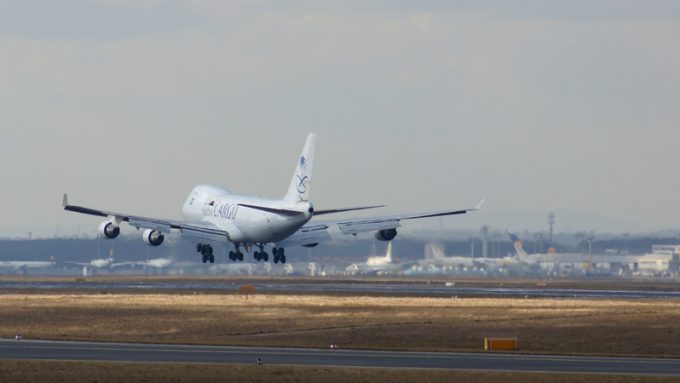Airfreight sector left 'exposed' after ecommerce traffic 'falls off a cliff'
The unexpected drop in ecommerce traffic has exposed the airfreight market’s “dependency” on this single ...

The airfreight market will see spikes of demand in Q4, but the “wildfire” rate increases experienced during “PPE season” are unlikely.
According to Chaminda Gunasekera, Seko Logistics’ senior director of airfreight and e-commerce network development for APAC & MEA, online sales will drive airfreight demand more ...

Comment on this article